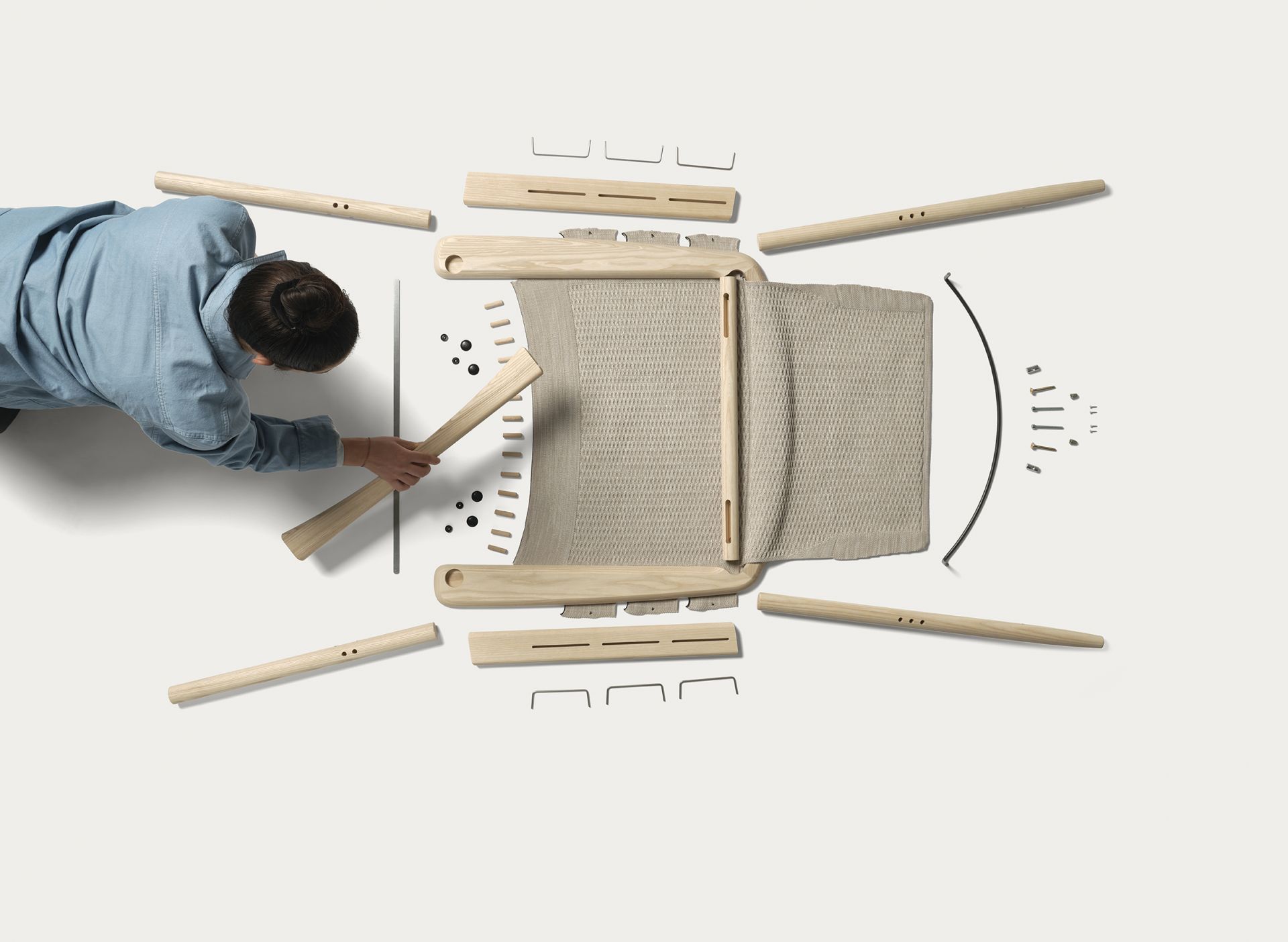
Challenges with reused furniture
Extending a product’s lifetime through reuse often means great savings in terms of natural resources. But what challenges and issues should both producers and purchasers consider?
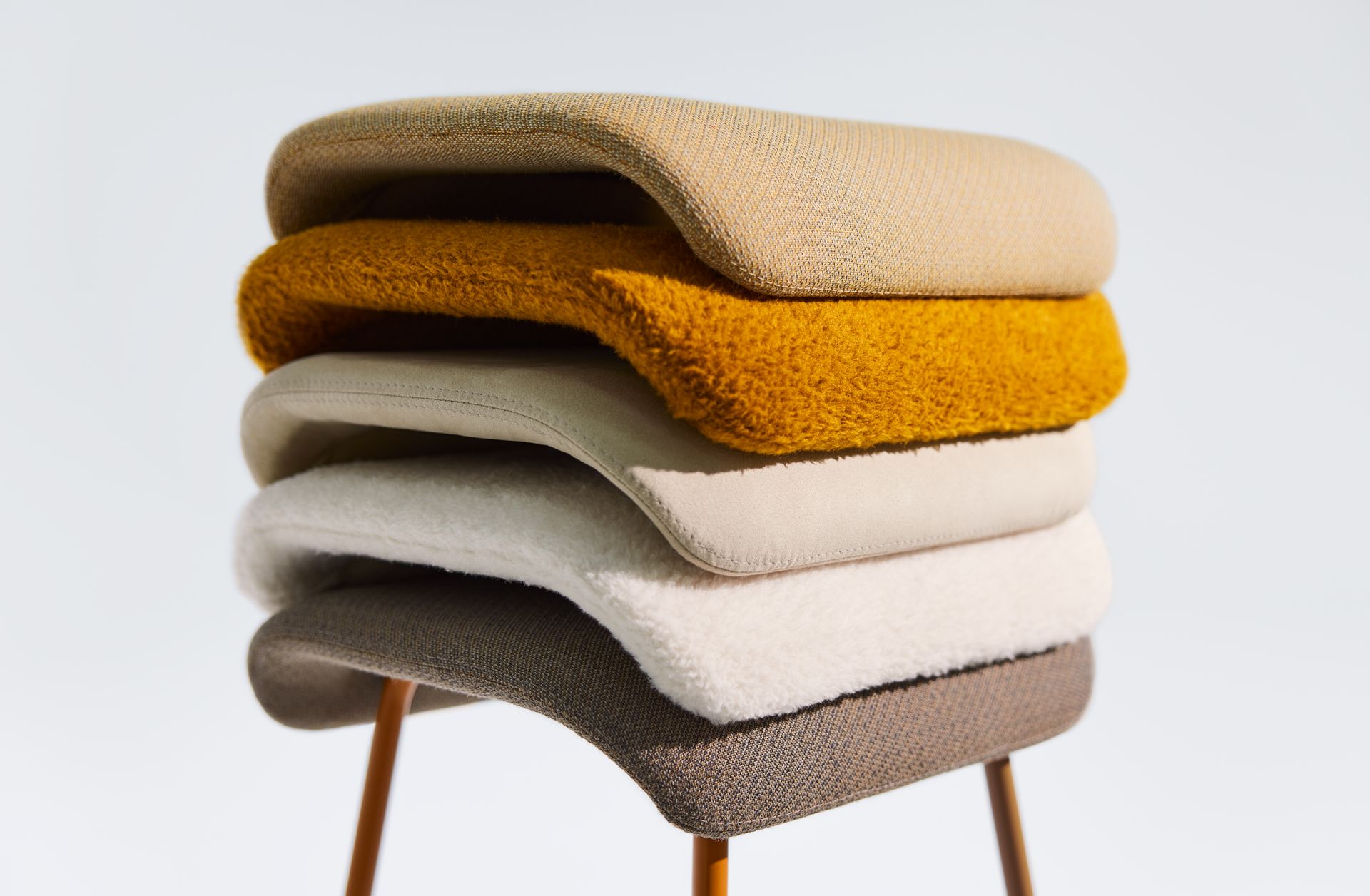
Worth considering when purchasing reused furniture
The reuse of furniture involves many challenges that need to be considered. One of the most difficult is making sure no legal requirements are violated and verifying that any components retained in the furniture do not contain any forbidden chemicals. When a product is renovated and put on the market again, current chemicals legislation applies. This means chemicals that were approved 15 years ago may be forbidden today. We will naturally not reuse furniture that incorporates hazardous chemicals, but instead remove it from the circular process.
Customers looking to purchase reused furniture also need to pose the following questions:

What is the definition of reused furniture?
There has long been no clear definition of what constitutes used furniture, and this is a problem. Has the furniture been used, and if so for how long? What applies to furniture used in furniture store displays? In principle, we could put new production furniture in a showroom for one hour, repackage it and claim that it’s used furniture. Goods termed second-hand can be in varying conditions and classified as unused, new, good condition or used condition. It’s sometimes difficult to know if furniture has ever been used by the customer or if it was returned directly. Another question is how large a proportion can be replaced for it to be considered reused furniture, and not ‘just’ new production furniture with one or two reused components.

What standards should we demand of reused furniture?
It’s difficult to demand the same quality standards, as reused furniture is often unique and cannot be tested at an accredited laboratory in the same way as new production furniture. Environmental requirements can also be difficult to demand in the same way as for new production furniture because knowledge about the reused components is often limited. If we impose environmental standards that are too tough, no reused furniture will reach the market at all. Unfortunately, the lack of sustainability standards in used-furniture tender documents, together with the absence of a definition of what constitutes reused furniture, has opened a loophole, allowing poor quality furniture to enter the market. This loophole must be closed if we’re to avoid low-quality and environmentally hazardous products on the market. It’s important that purchasers and customers don’t accept furniture of poor quality just because it’s used.
Design and intellectual property rights in reuse
There are further challenges when it comes to reuse that are not immediately obvious. What applies to design and copyright? Is an external company allowed to renovate and modify the design without violating any design registrations and copyright? One way to sidestep this is to only allow original producers to renovate their own furniture. However, this solution is not especially practical for the customer, as many people own furniture from different producers. To make renovating their furniture quick and easy, they like to rely on a single supplier rather than several.
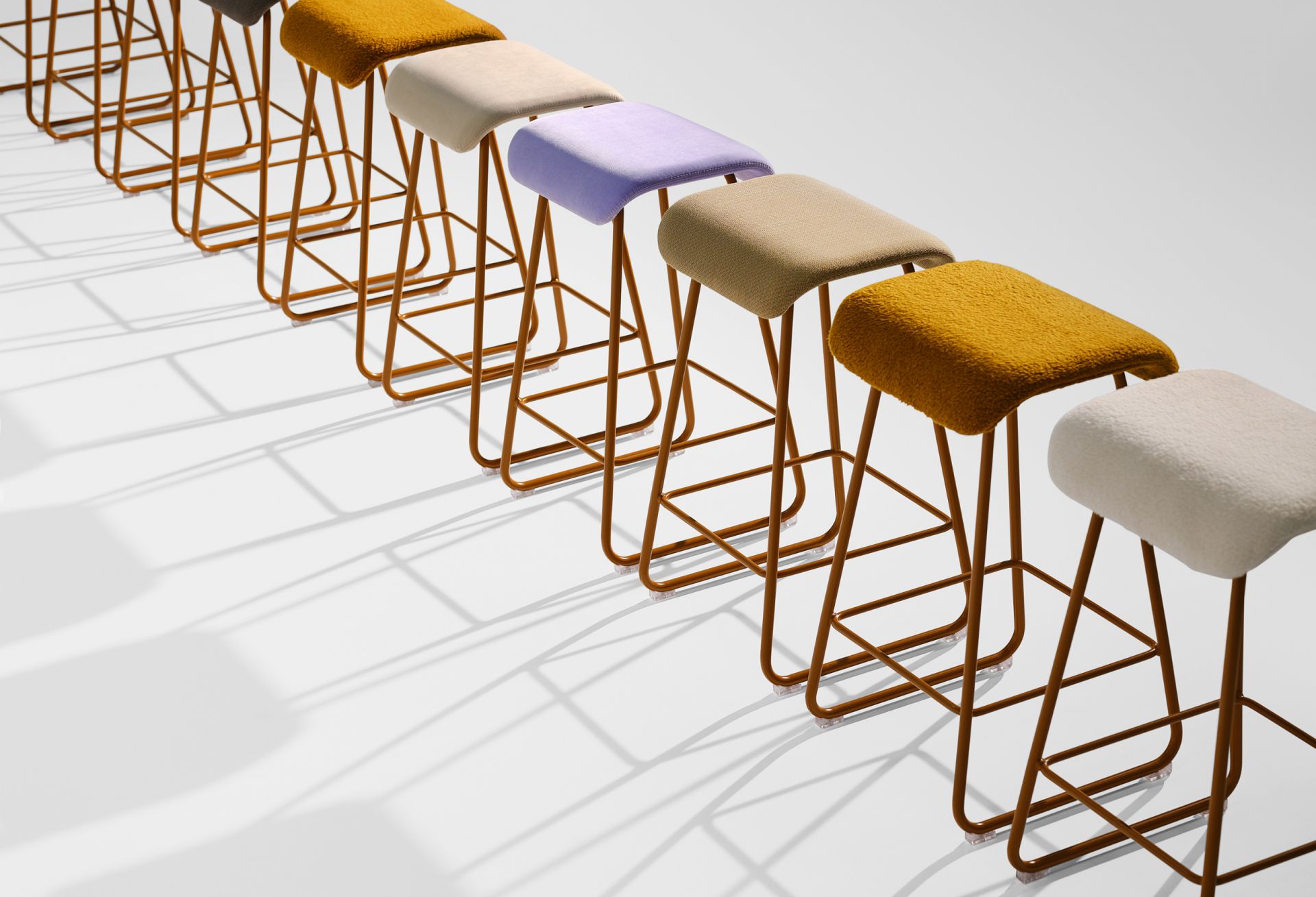
Challenges for the producers
Reusing furniture is fundamentally positive. However, reused furniture means we have to think extra hard during product development and furniture purchasing. It’s not unusual for customers to expect used and renovated furniture to be much cheaper than a new production piece, as there is a notion that the quality is lower than for a brand-new product. Yet furniture producers often struggle to ensure renovated furniture does not end up more expensive than a new production piece. Depending on the type of furniture and the parts that have to be renovated, producers generally face the following challenges:

Logistics
Used furniture has to be identified, packaged and transported to a suitable renovation site, either to a local furniture restorer or back to the original producer. While this is a cost driver for used furniture, new production furniture does not have these costs.

Economy of scale
New production furniture can be made on an assembly line, while used furniture often requires more individual work for each individual piece.

More manual work, and additional operations
In general, renovation involves more manual work and fewer machines, which drives up costs. For example, repainting requires operations such as sanding, which is not needed for new production furniture.
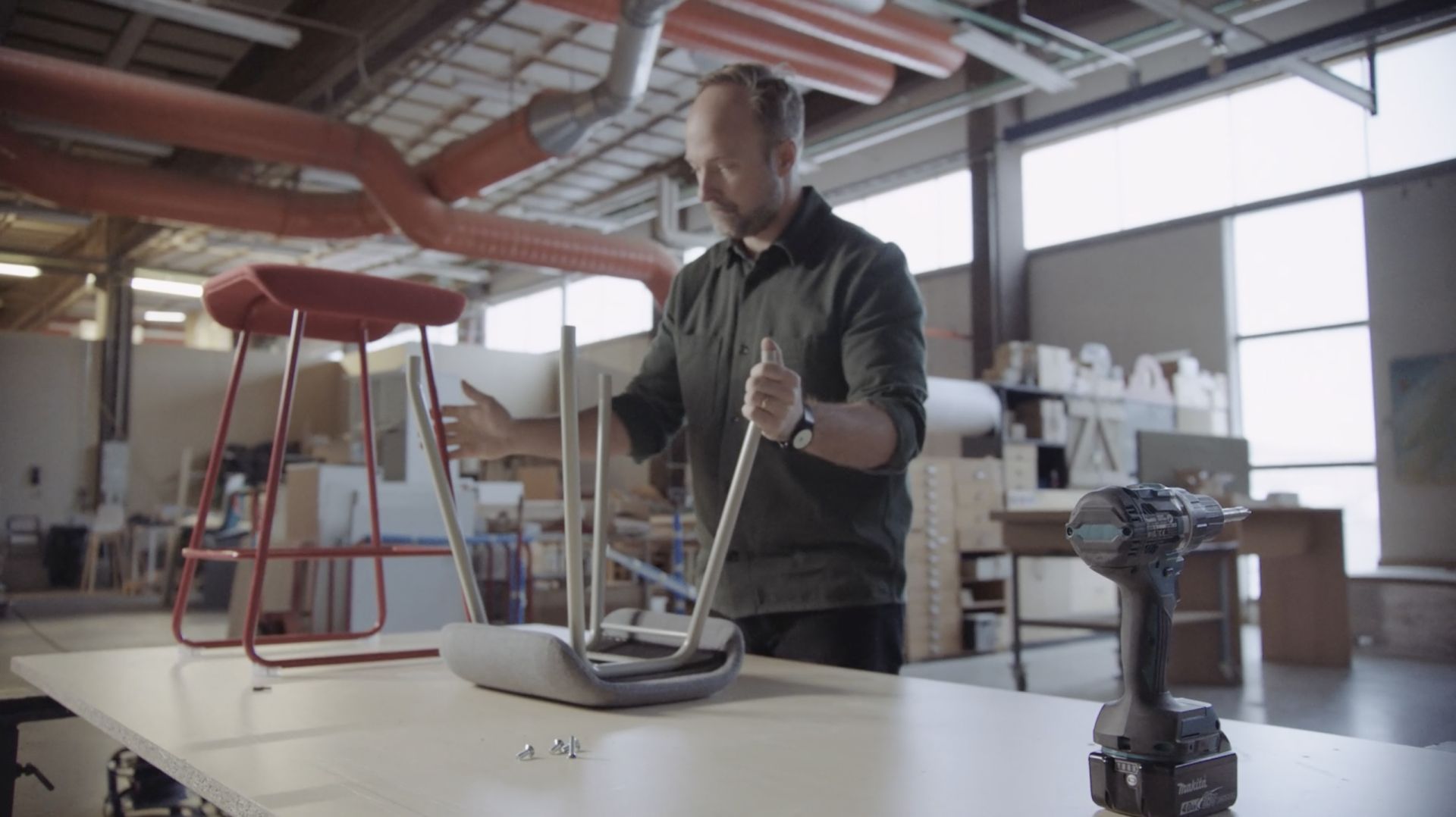
What must we do to keep down costs when renovating?
The obvious guideline for a furniture producer is that renovation should not cost more than new production. A reasonable goal is for reused furniture to cost around 80 per cent of the new production price. To achieve this, a number of steps must be taken. It’s a great advantage if the furniture was designed for ease of renovation right from the beginning. The parts that easily become worn, such as textiles or surface-treated components, must be easy to replace. And no special tools should be necessary when taking the product apart. Replacement parts must also be available, but unfortunately, it’s not unusual for products to be scrapped because of the difficulty in obtaining spares. If a producer has standard components in major quantities for multiple products, there’s an opportunity to take back components, renovate them and use them in new furniture. This is especially true of components that have a major carbon footprint such as gas struts and other metal parts like aluminium swivel bases that can be repainted.
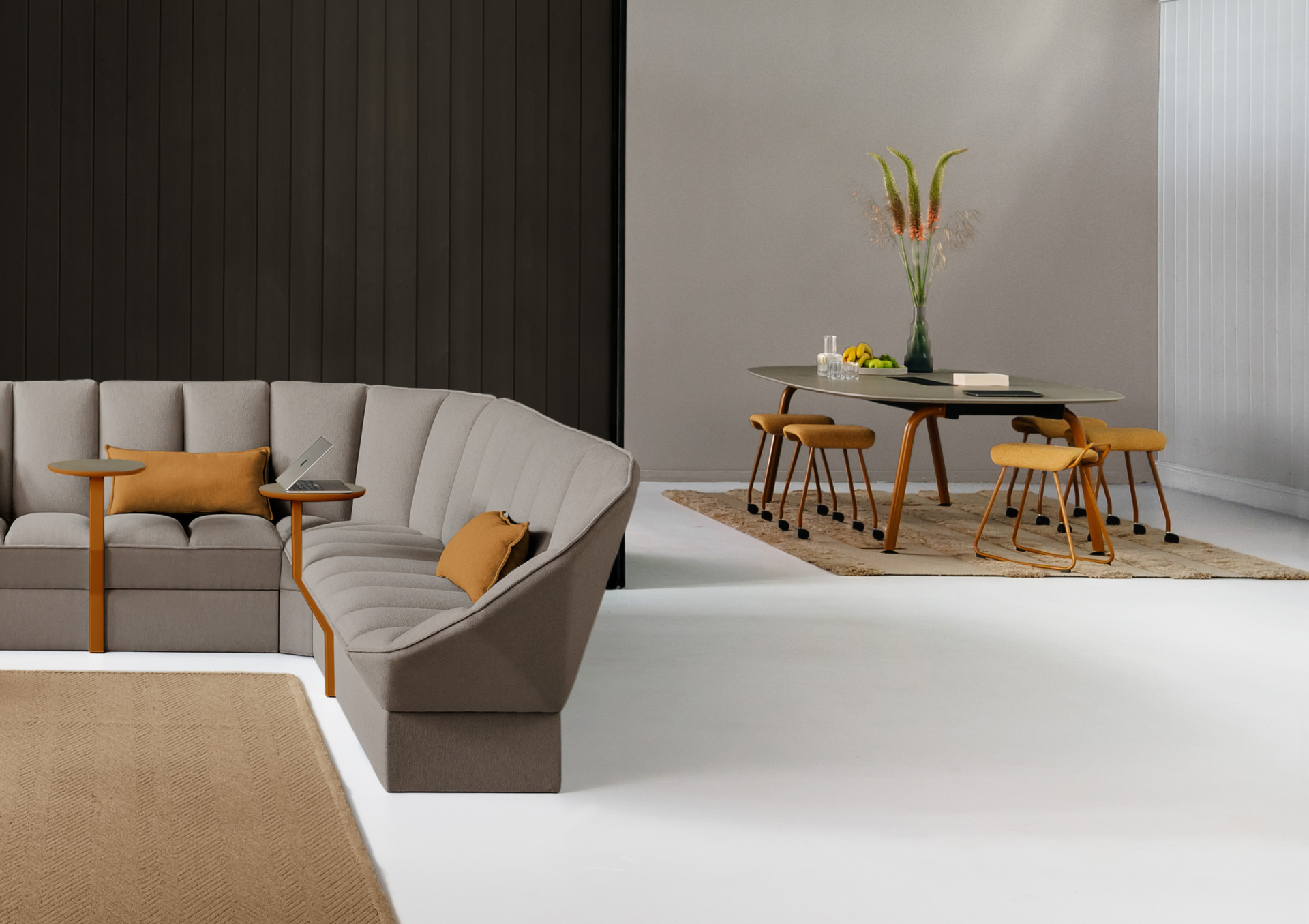
Where is the furniture?
A major challenge for producers is getting in touch with customers holding on to worn-out furniture that needs to be replaced. Because sales often take place through dealerships, after several years it can be difficult for producers to know the location of furniture that may need renovating. This is where dealerships can play a key part in matching customers with producers.
Another alternative is to create a circular process where furniture is rented instead of purchased. This gives producers a financial incentive to create products that are easy-to-maintain and renovate, while knowing where the products are located also facilitates creating a maintenance plan for the furniture.
